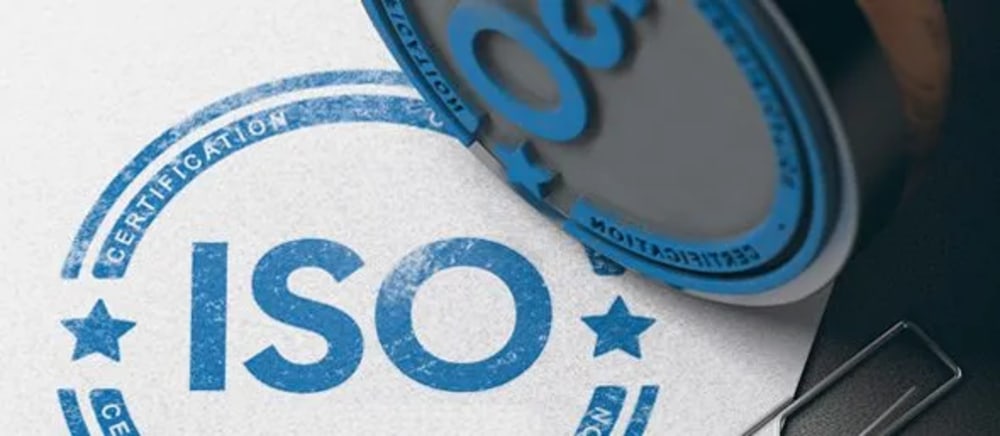ISO 9001:2015 — A modern approach to quality management
- Vusala Javadova
- 11.05.2025
- 64

ISO 9001 is the most widely accepted quality management system standard in the world. In 2015, an updated version of the standard was published, which opened up new opportunities for organizations to improve quality management systems using modern approaches. In this article, we will look at the main changes to ISO 9001:2015 and the benefits they bring to companies.
1. A risk-based approach
One of the biggest changes was the introduction of a risk-based approach. In previous versions, the focus was mainly on processes, but the new version requires organizations to identify, assess, and manage risks.
Advantages:
Early identification and elimination of risks allows for more efficient use of resources.
Avoiding potential problems contributes to the sustainability of operations.
2. Increase the involvement of senior management
The new version requires the active participation of management in the quality management system. The standard emphasizes the importance of the role of top management in defining and implementing a quality strategy.
Advantages:
Increased management support makes it easier to achieve quality objectives.
Stronger management decisions contribute to the success of the organization.
3. Increased focus on customer satisfaction
ISO 9001:2015 places greater importance on customer satisfaction. Organizations need to better understand customer needs and offer products and services that meet their expectations.
Advantages:
Accurate identification and satisfaction of customer needs contributes to the improvement of products and services.
4. Focus on collaboration and partnership
The standard encourages closer collaboration with contractors, suppliers, and other partners. This is considered an important step towards establishing effective communication and sustainable relationships.
Advantages:
Strong partnerships contribute to lower costs, higher quality, and faster innovation.
It is especially effective in developing new products and entering the market.
5. Strengthening the process approach
ISO 9001:2015 requires a clearer focus on processes. This approach is aimed at improving the efficiency of various operations in the organization.
Advantages:
Integrated processes ensure efficient use of resources and time.
Improved process monitoring helps optimize operations and prevent recurring errors.
6. A more flexible and adaptive system
The standard promotes the creation of a more flexible and adaptive quality management system, which makes it easier for organizations to adapt to rapidly changing market conditions and customer requirements.
Advantages:
Quick adaptation to changes allows you to stay ahead of the competition.
Organizations are becoming more resilient to internal and external changes.
7. Simplified audit and monitoring
In ISO 9001:2015, the audit and monitoring processes have become simpler and more intuitive. Organizations can evaluate their systems more easily and make necessary changes faster.
Advantages:
A more effective audit strengthens the existing quality system.
Audit uncertainty is reduced, and data analysis becomes more accurate.
Conclusion
Updates to ISO 9001:2015 provide organizations with significant benefits: improved quality, increased customer satisfaction, efficient use of resources, and competitive advantage. These changes help both improve internal processes and strengthen the company's position in the market.
By implementing ISO 9001:2015, organizations are not only optimizing their quality management system, but also better meeting customer needs, ensuring long-term success.
